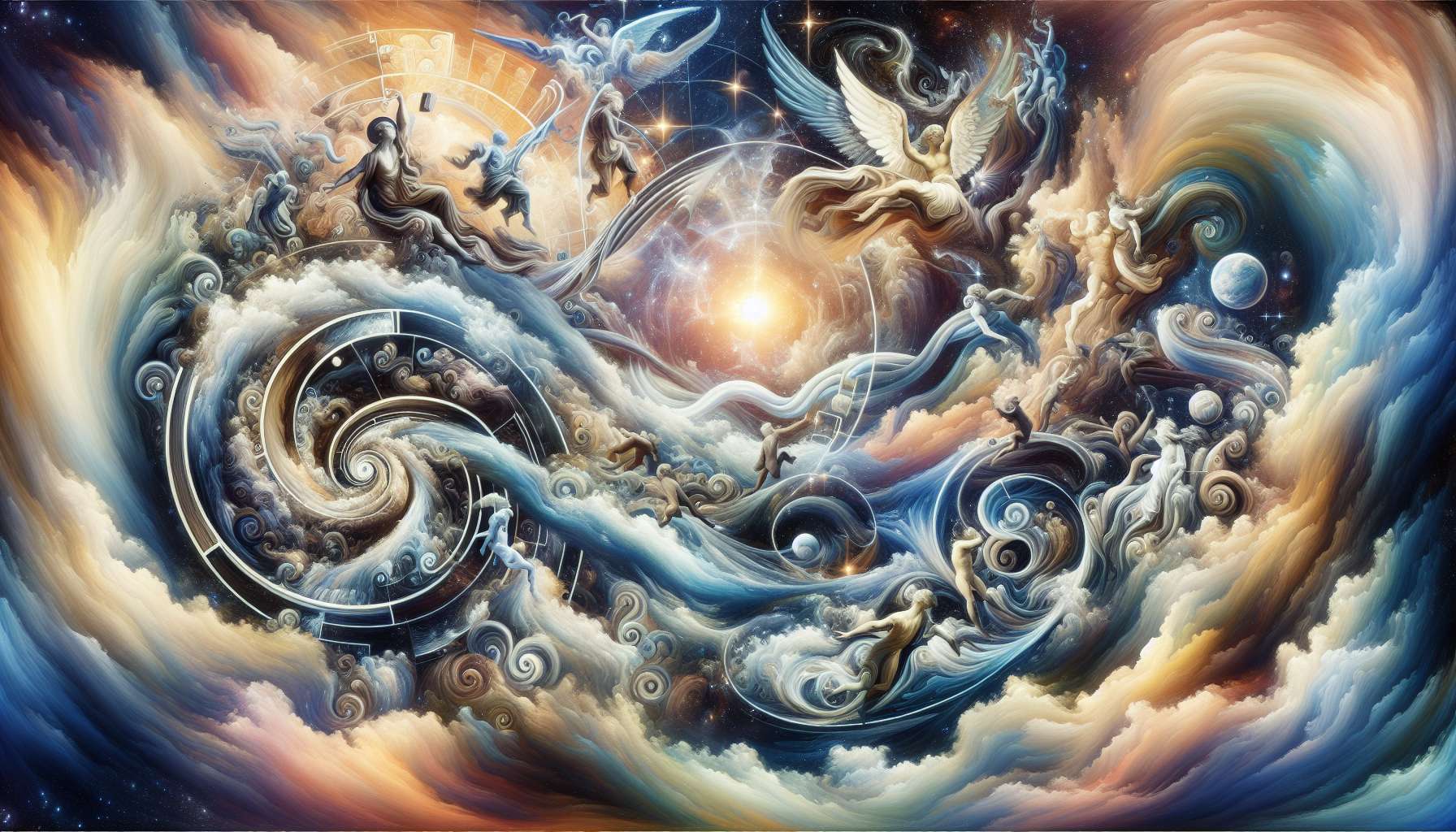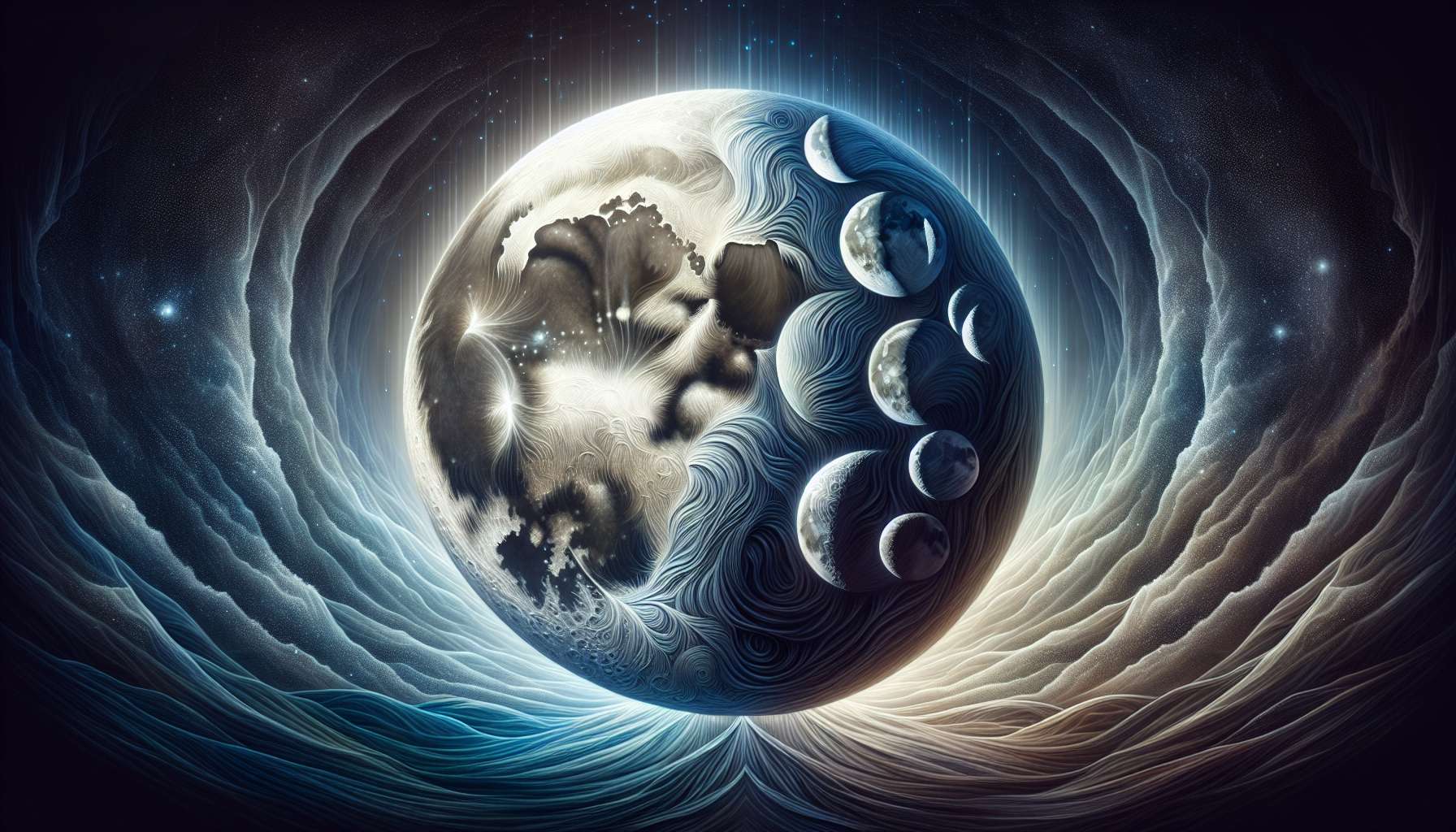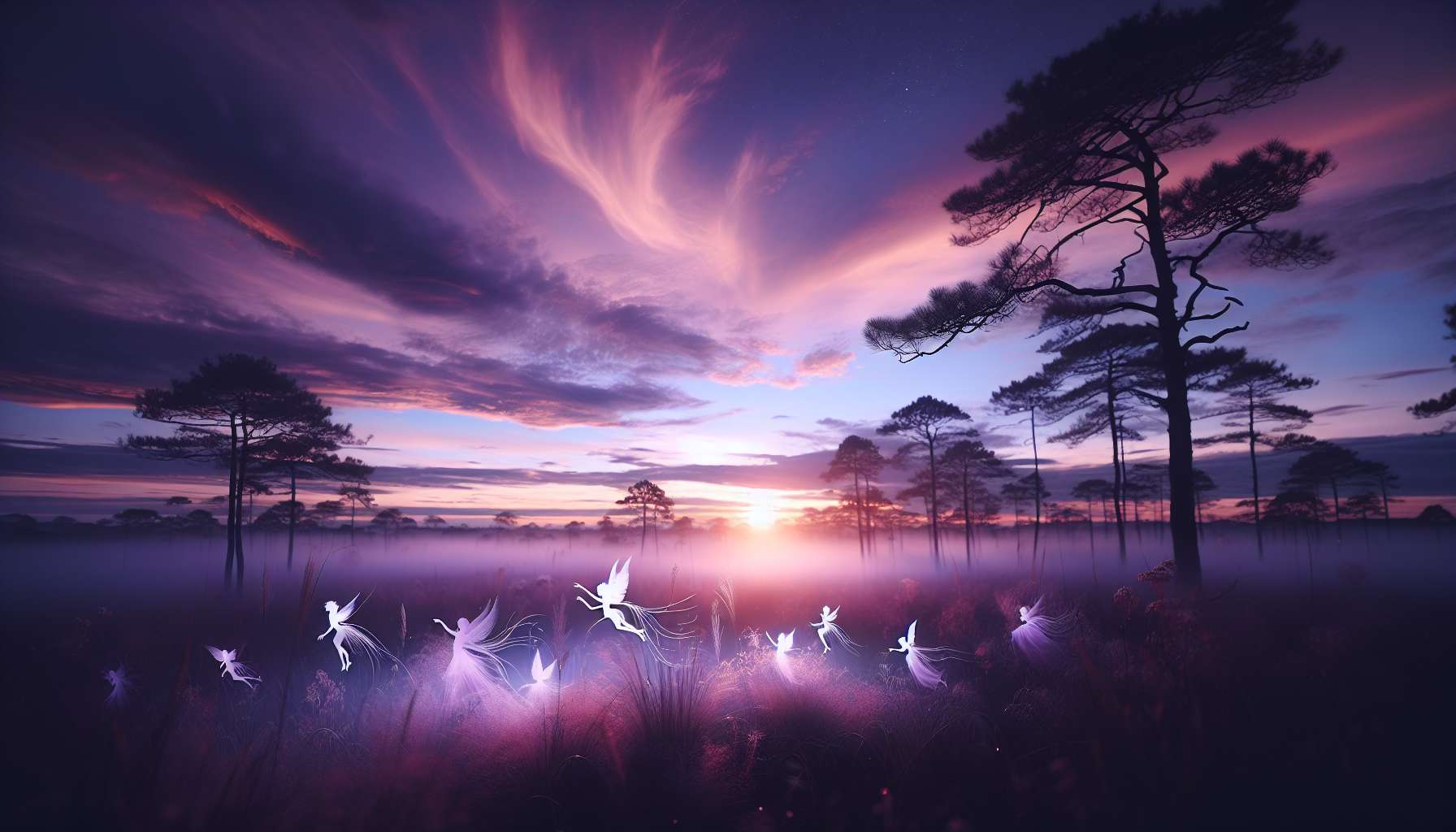Exploring the Space-Time Continuum in Art
Art, in all its various forms, has the remarkable ability to transcend time and space, offering a glimpse into different dimensions and realities. The concept of the space-time continuum in art delves into the interconnectedness of these two fundamental aspects of our existence, merging them in a way that challenges our perceptions and expands our understanding of the world around us. In this article, we will embark on a journey through the intricate web of the space-time continuum in art, exploring its significance, historical context, modern applications, and the profound impact it has on both artists and viewers alike.
The Intersection of Space and Time
The space-time continuum, a term popularized by Einstein’s theory of relativity, refers to the interconnected nature of space and time as a unified continuum. In art, this concept manifests in various ways, from the portrayal of time passing in a single image to the representation of multiple dimensions coexisting in a single frame. Artists have long been fascinated by the idea of capturing the essence of time and space in their works, using different techniques and styles to convey a sense of movement, depth, and complexity.
Historical Perspectives
The exploration of the space-time continuum in art can be traced back to ancient civilizations, where artists depicted scenes from daily life, mythology, and religious beliefs in a way that transcended temporal and spatial boundaries. For example, the famous cave paintings at Lascaux in France, dating back tens of thousands of years, depict animals and humans in a way that suggests a deep understanding of movement, perspective, and time.
In more recent history, artists like Pablo Picasso and Georges Braque experimented with cubism, a style that sought to represent multiple viewpoints and dimensions simultaneously on a two-dimensional plane. By breaking down traditional forms and structures, these artists challenged the viewer’s perception of space and time, inviting them to see the world in a new and unconventional way.
Modern Interpretations
Today, the space-time continuum in art continues to evolve and expand, with artists exploring new technologies and mediums to push the boundaries of what is possible. Digital art, virtual reality, and interactive installations offer unique opportunities to create immersive experiences that blur the line between the physical and virtual worlds.
One example of this is the work of artist Olafur Eliasson, known for his large-scale installations that play with light, color, and space to create otherworldly environments. His piece “The Weather Project” at the Tate Modern in London transformed the museum’s Turbine Hall into a vast, glowing sun, inviting visitors to contemplate their place in the universe and the passage of time.
Case Studies
One of the most iconic examples of the space-time continuum in art is Marcel Duchamp’s “Nude Descending a Staircase, No. 2,” painted in 1912. The painting portrays a figure in motion, descending a staircase in a series of overlapping and fragmented forms. Duchamp’s innovative approach to representing movement and time in a static image caused a sensation when it was first exhibited, challenging traditional notions of art and perception.
Another notable example is the work of Japanese artist Yayoi Kusama, known for her immersive installations that transport viewers into a surreal and psychedelic world. Her “Infinity Mirror Rooms” create a sense of infinite space and time, with mirrors reflecting and repeating patterns and lights to create a mesmerizing and disorienting experience.
Expert Opinions
According to art historian Dr. Sarah Thornton, the space-time continuum in art is a reflection of our ever-changing relationship with the world around us. She notes that artists have always been at the forefront of exploring new ways of seeing and understanding the complexities of time and space, pushing the boundaries of what is possible and challenging our preconceived notions of reality.
Contemporary artist Ai Weiwei also weighs in on the topic, stating that art has the power to transcend time and space, connecting us to our past, present, and future in a way that is both profound and enlightening. He believes that by exploring the space-time continuum in art, we can gain a deeper understanding of ourselves and the world we inhabit.
Common Misconceptions
One common misconception about the space-time continuum in art is that it is a purely theoretical concept with little practical application in the real world. However, as we have seen through the examples discussed above, artists have been exploring and experimenting with this idea for centuries, using it as a tool to challenge conventions, provoke thought, and inspire new ways of seeing and experiencing the world.
Comparative Analysis
When comparing different artistic movements and styles, it becomes clear that the space-time continuum plays a central role in shaping the way we perceive and interact with art. From the linear perspective of the Renaissance to the fragmented forms of cubism and the immersive experiences of contemporary installations, artists have used the concept of space and time to create works that transcend the limitations of traditional art forms.
FAQs
1. How does the space-time continuum in art differ from other forms of artistic expression?
The space-time continuum in art differs from other forms of artistic expression in its focus on the interconnectedness of space and time as a unified entity. While traditional art forms may emphasize one aspect over the other, artists exploring the space-time continuum seek to merge these two fundamental dimensions in a way that challenges our perceptions and expands our understanding of the world.
2. What are some ways that artists can represent the space-time continuum in their works?
Artists can represent the space-time continuum in their works through various techniques and styles, such as the use of multiple perspectives, fragmented forms, and immersive installations. By experimenting with different mediums and technologies, artists can create experiences that invite viewers to contemplate the complexities of time and space in new and unexpected ways.
To Wrap Things Up
The space-time continuum in art is a rich and multifaceted concept that continues to inspire and challenge artists and viewers alike. By exploring the interconnectedness of space and time in a unified continuum, artists can create works that push the boundaries of what is possible and invite us to see the world in a new and unconventional way. Through historical perspectives, modern interpretations, case studies, expert opinions, and common misconceptions, we have delved into the profound impact that the space-time continuum has on art and our understanding of the world around us.
As we continue to navigate the complexities of time and space, let us remember that art has the power to transcend these limitations, offering us a glimpse into different dimensions and realities that expand our minds and ignite our imaginations. The space-time continuum in art invites us to explore, question, and discover, opening doors to new possibilities and perspectives that enrich our lives and deepen our connection to the world we inhabit.




